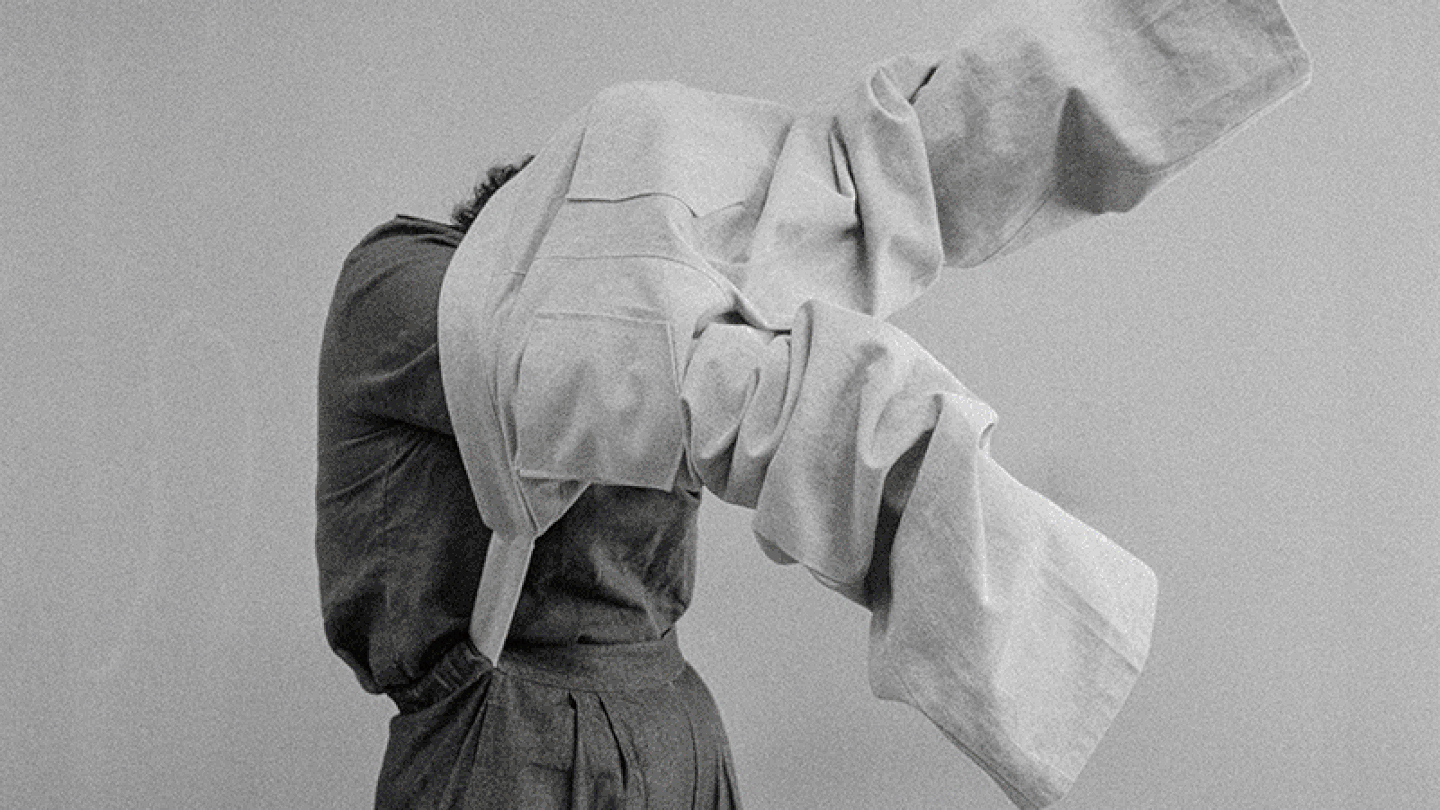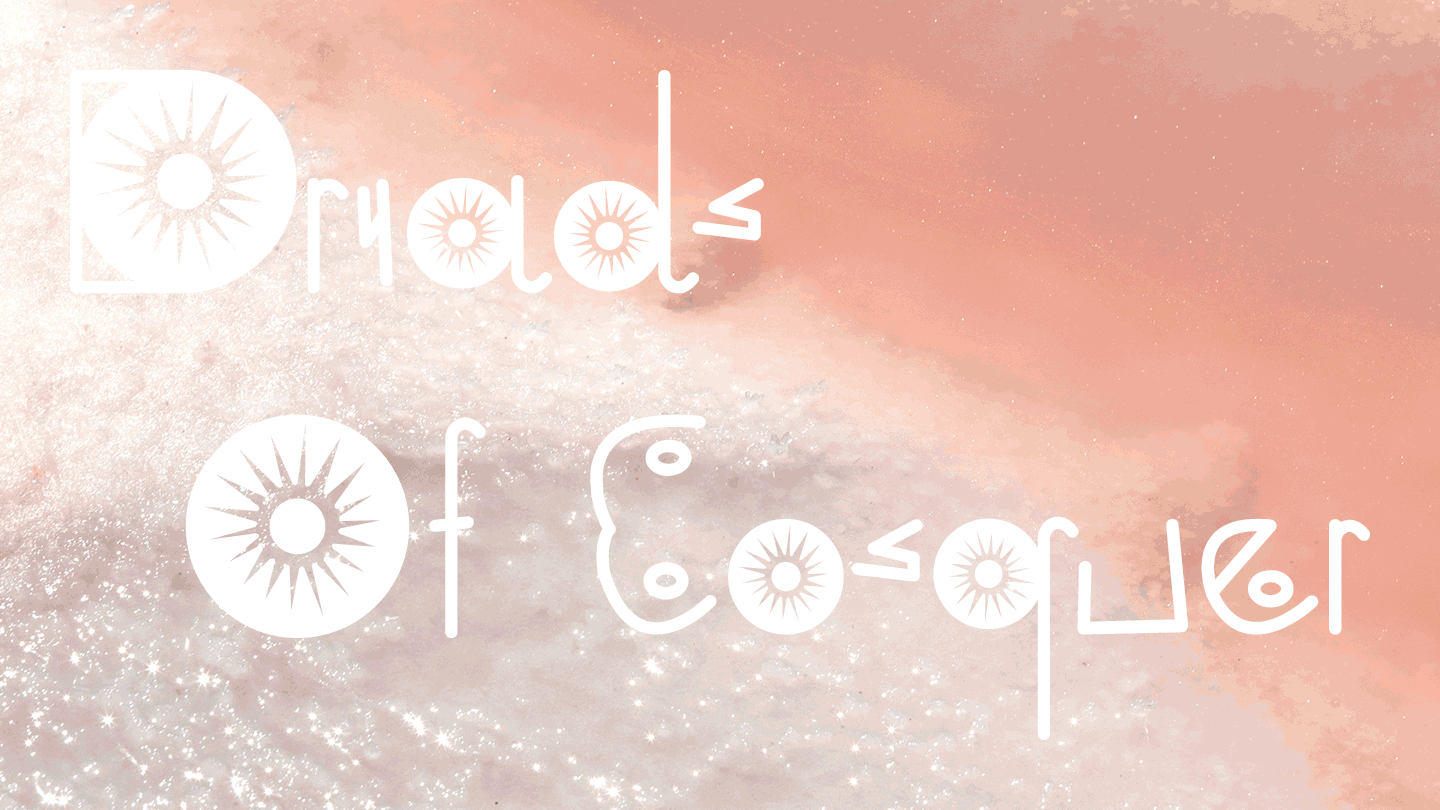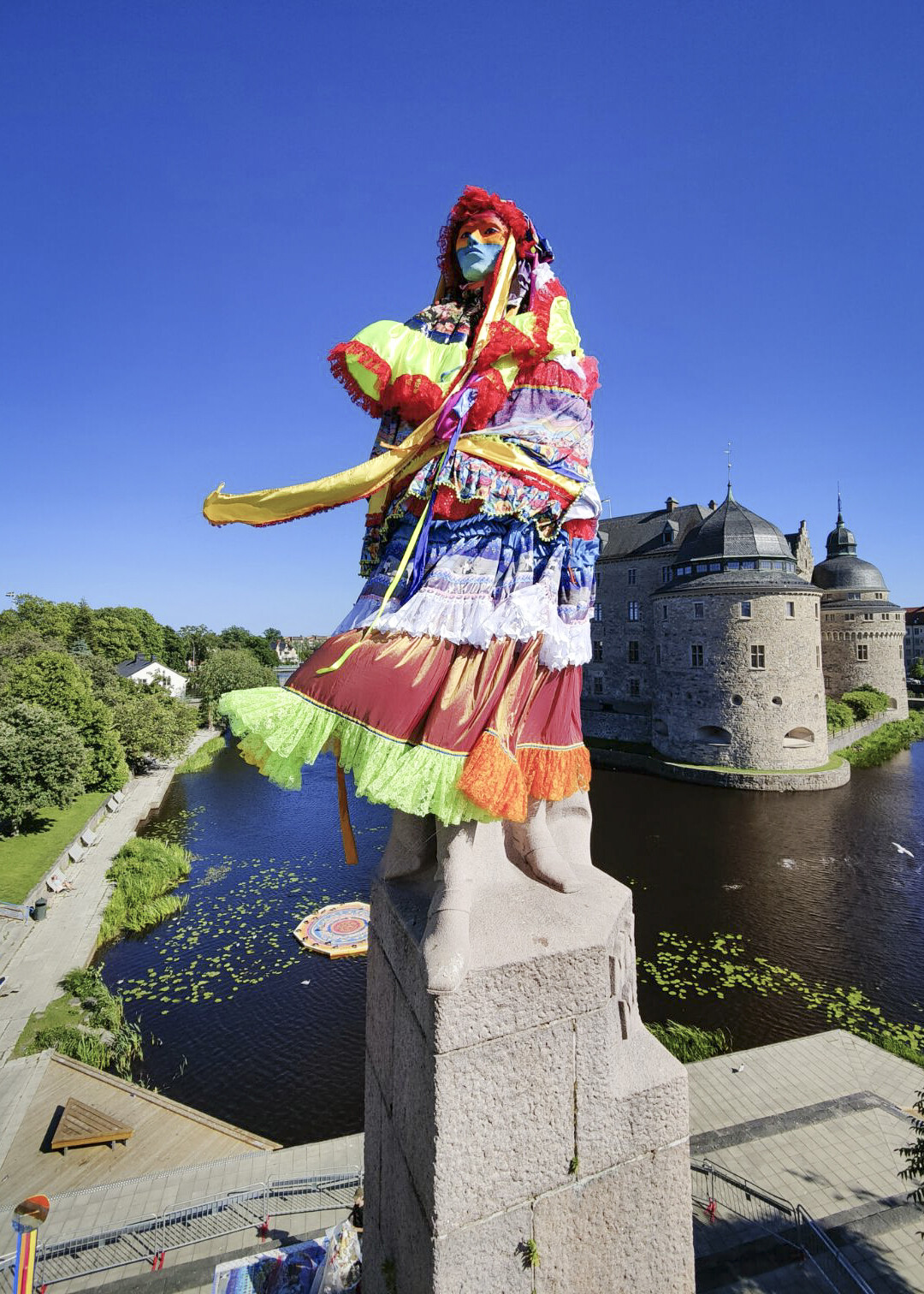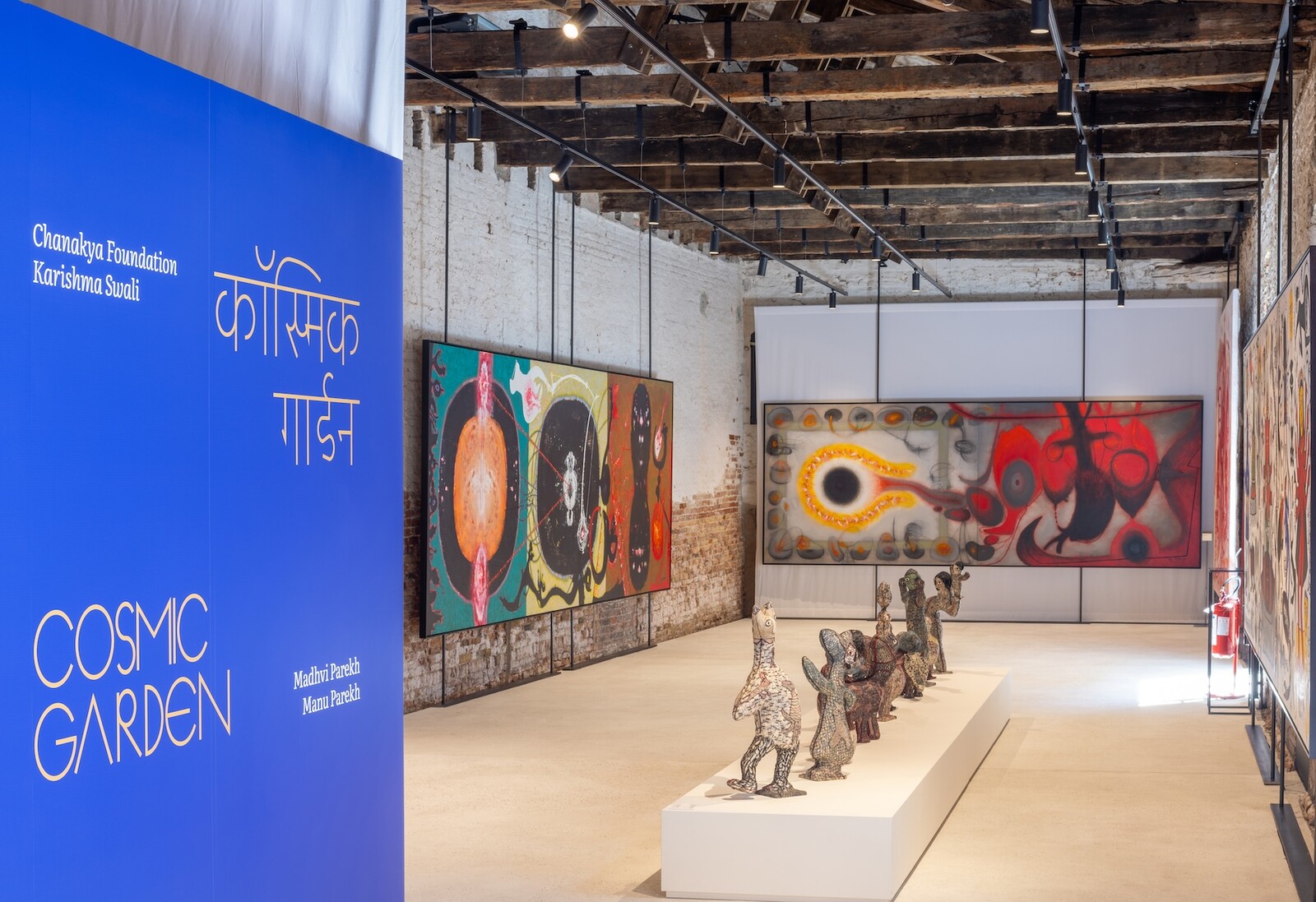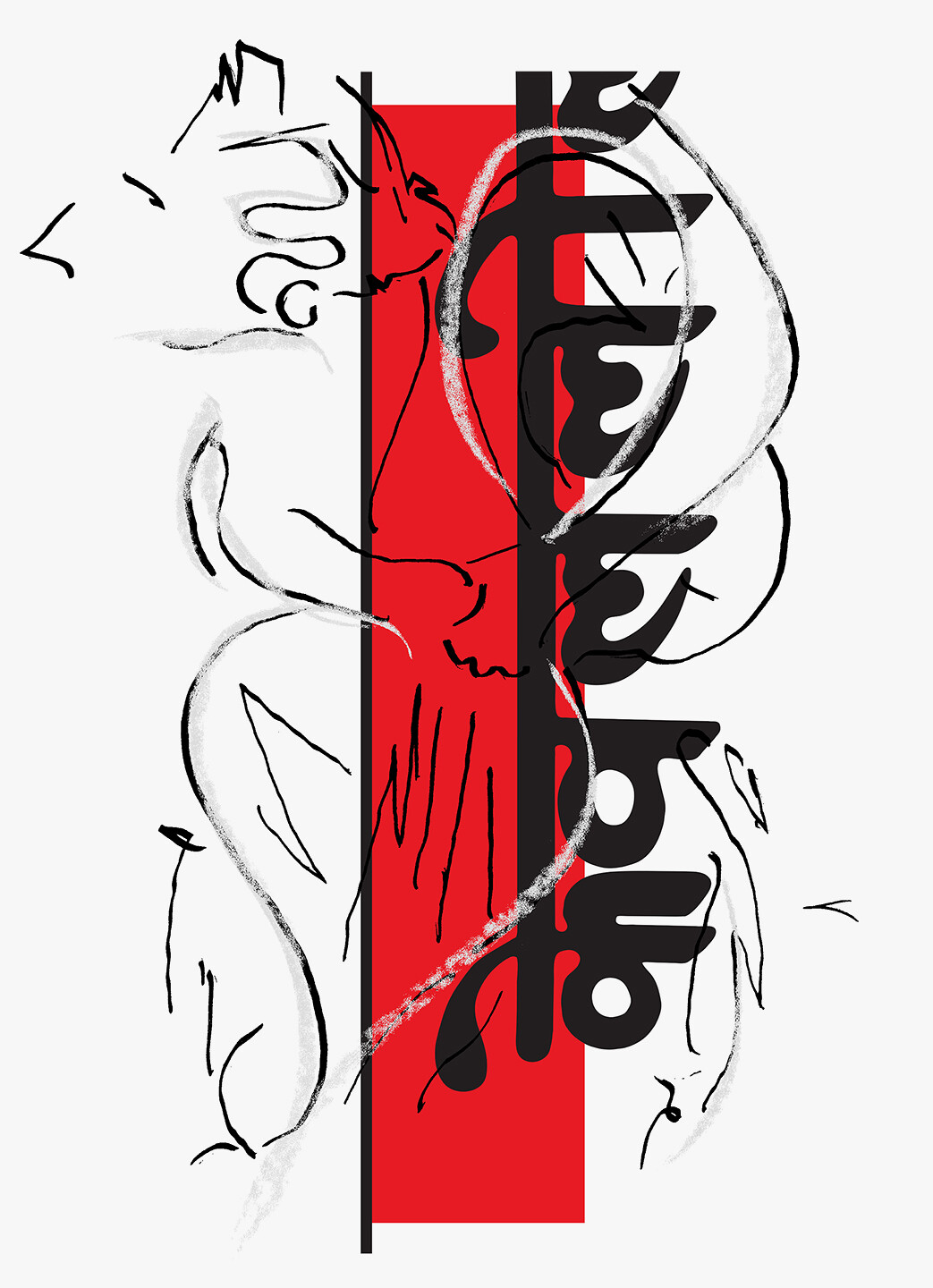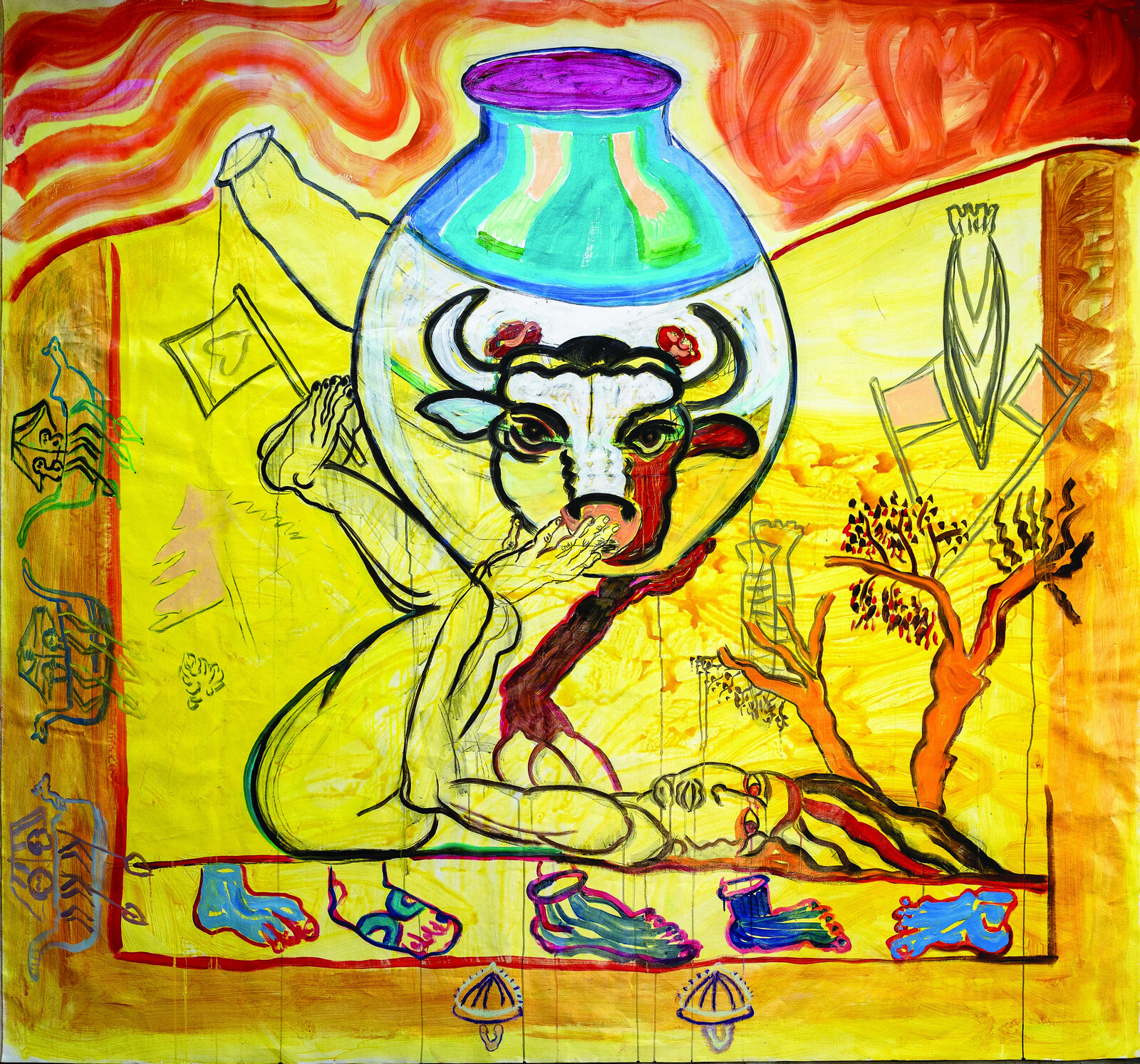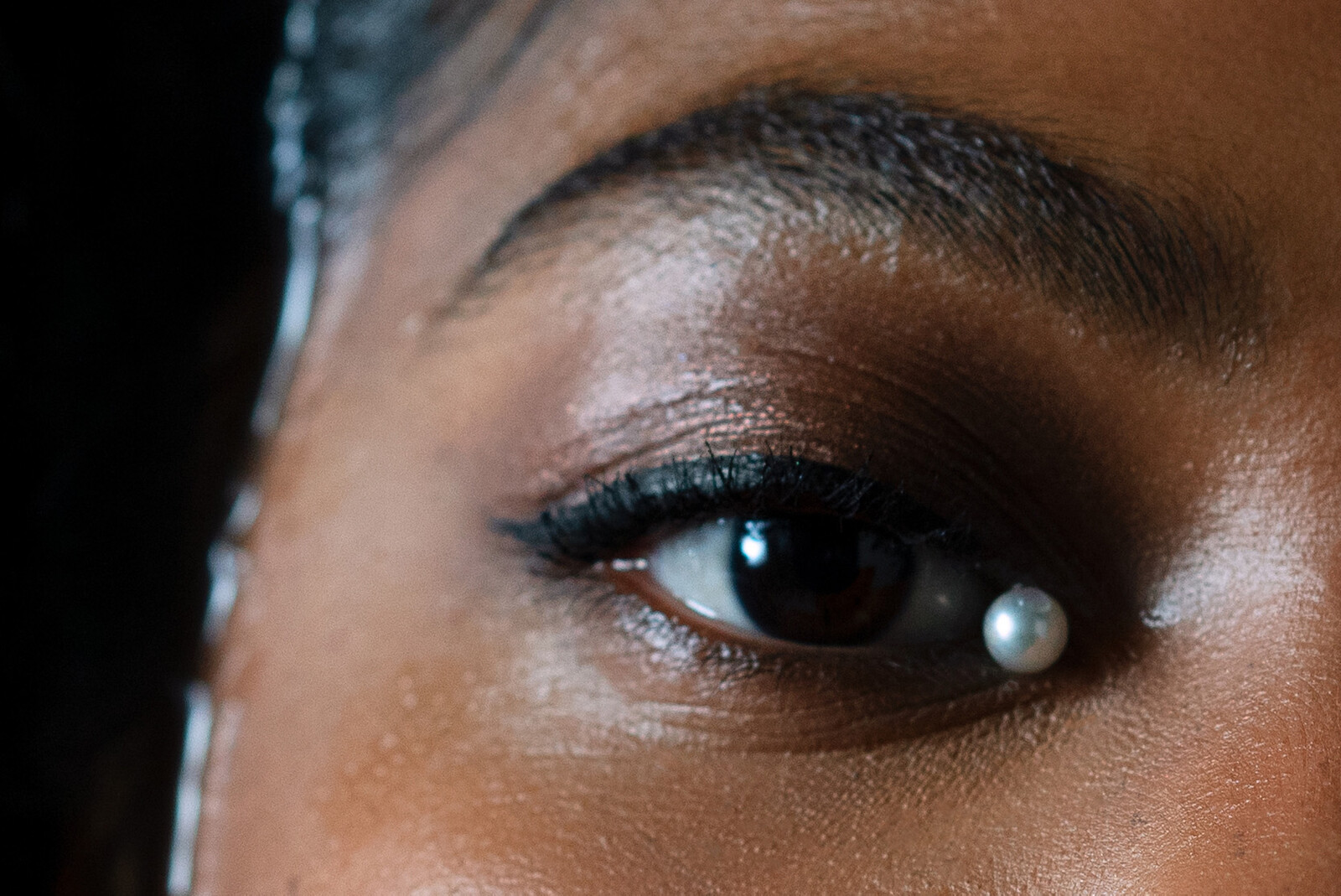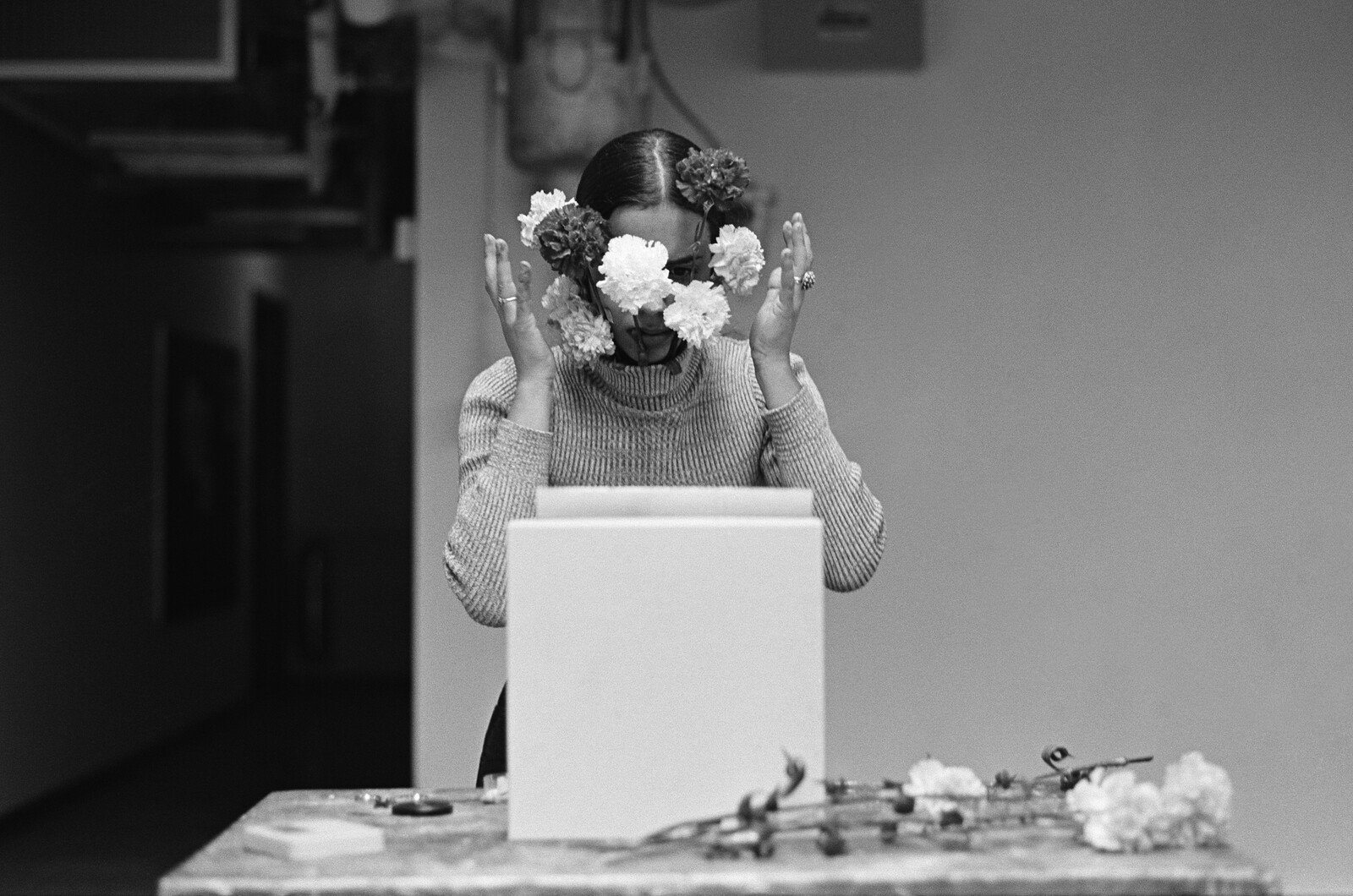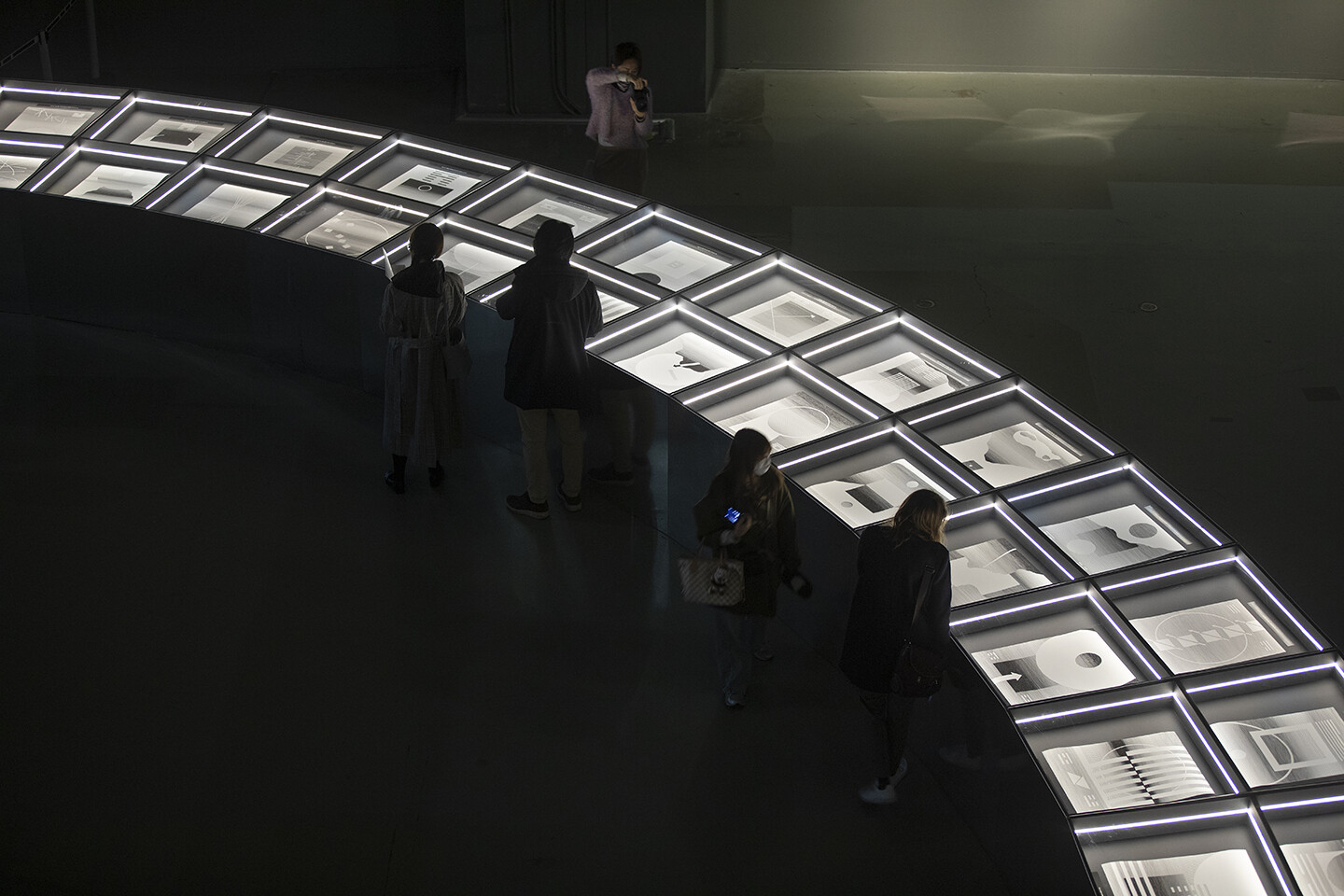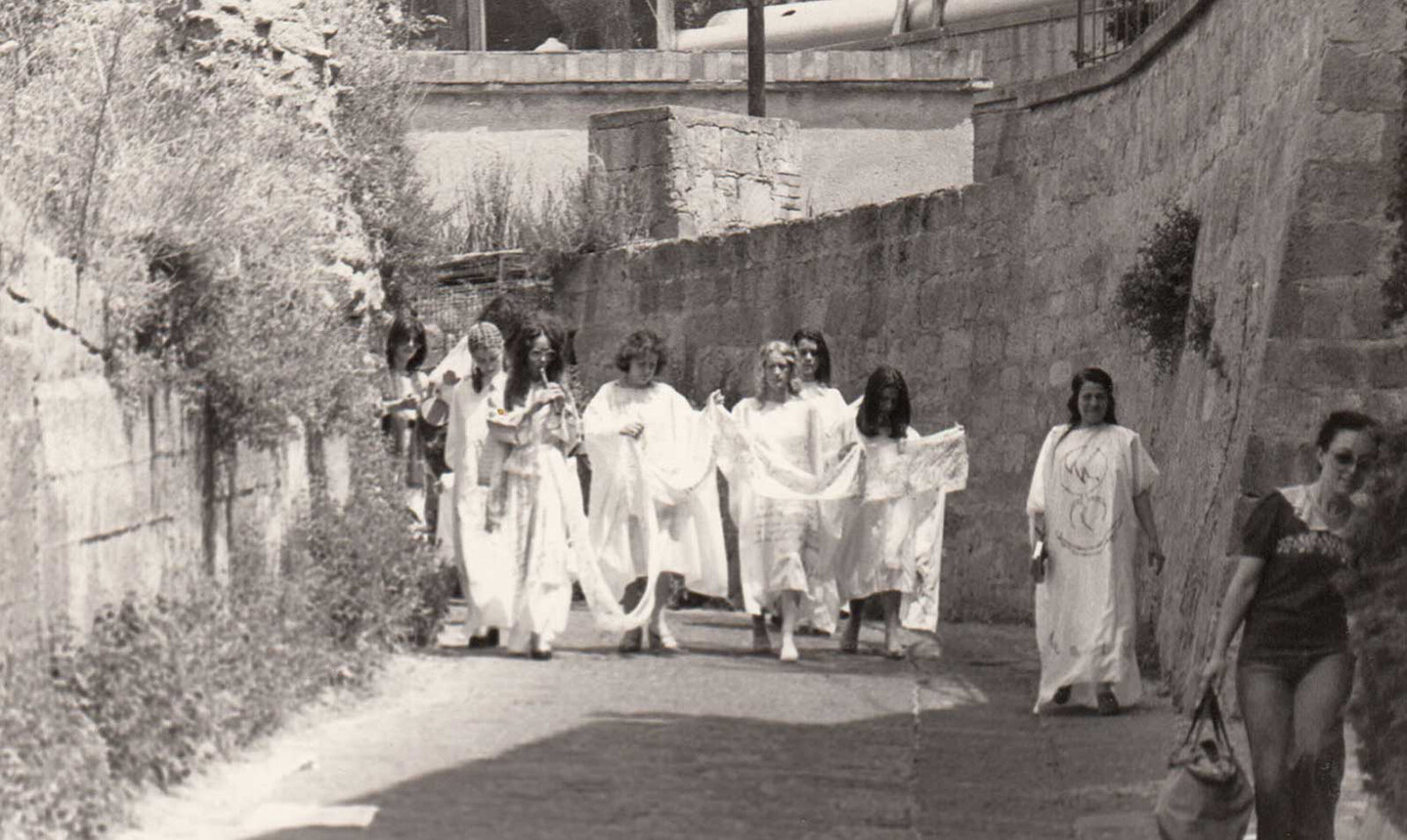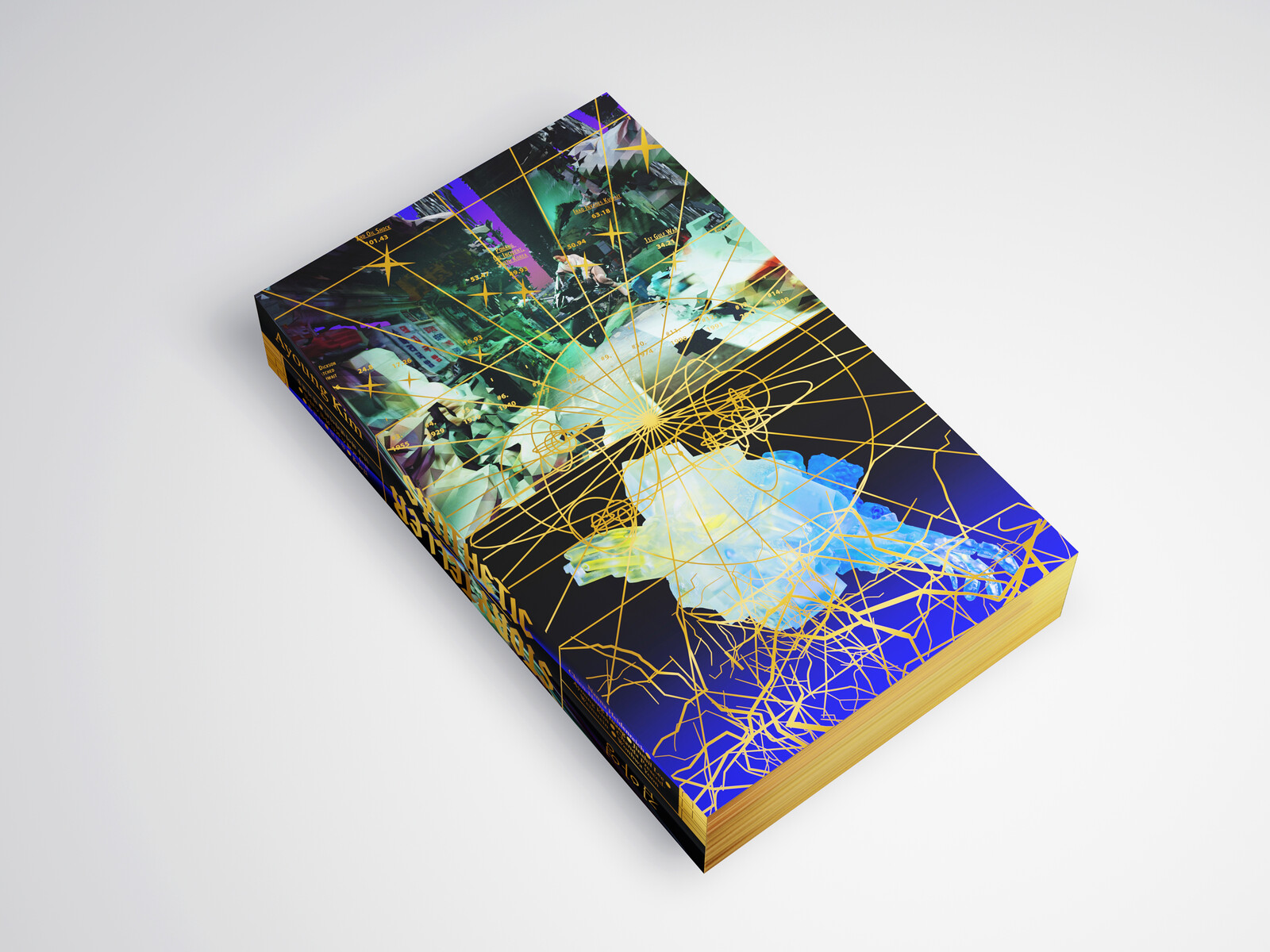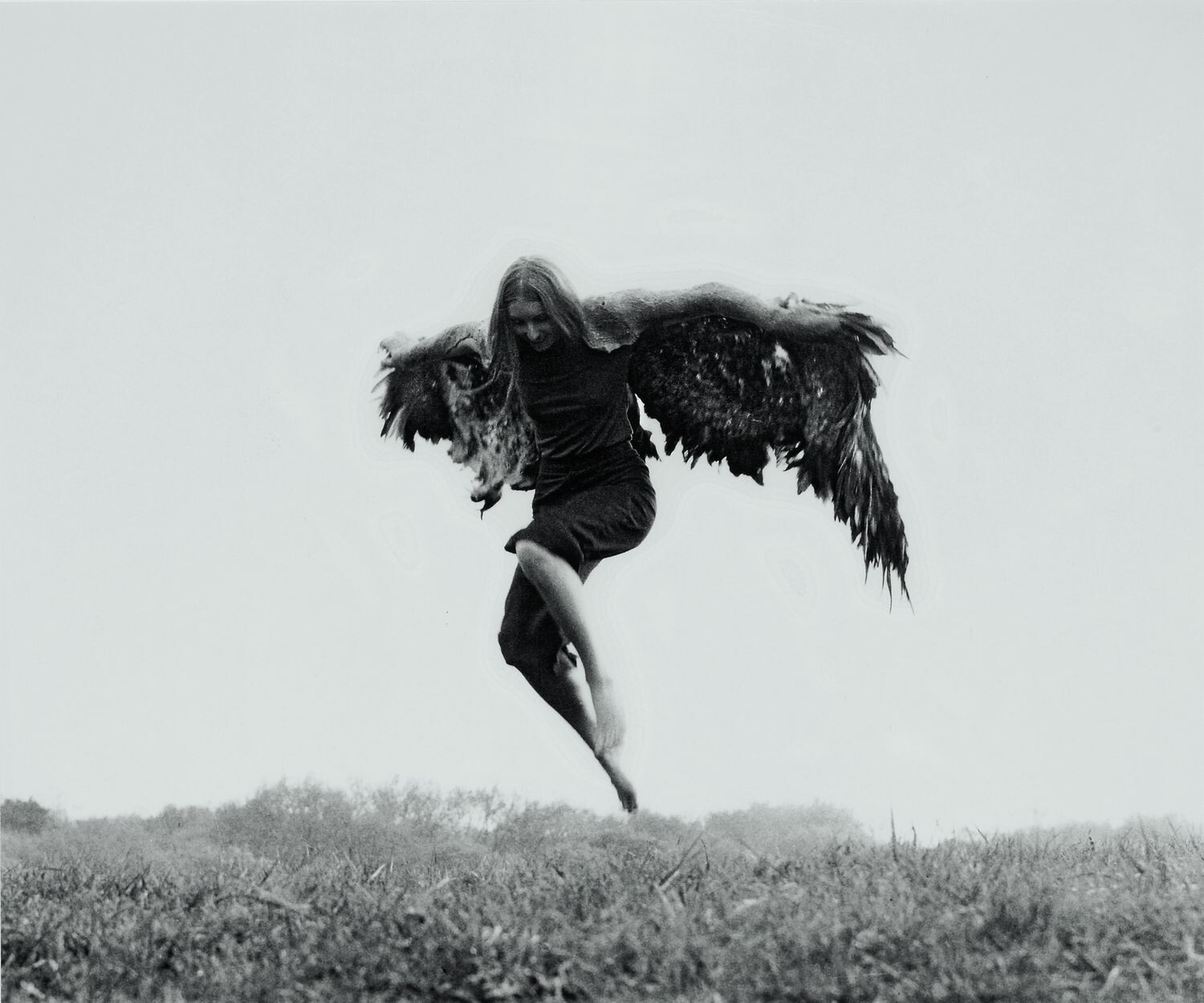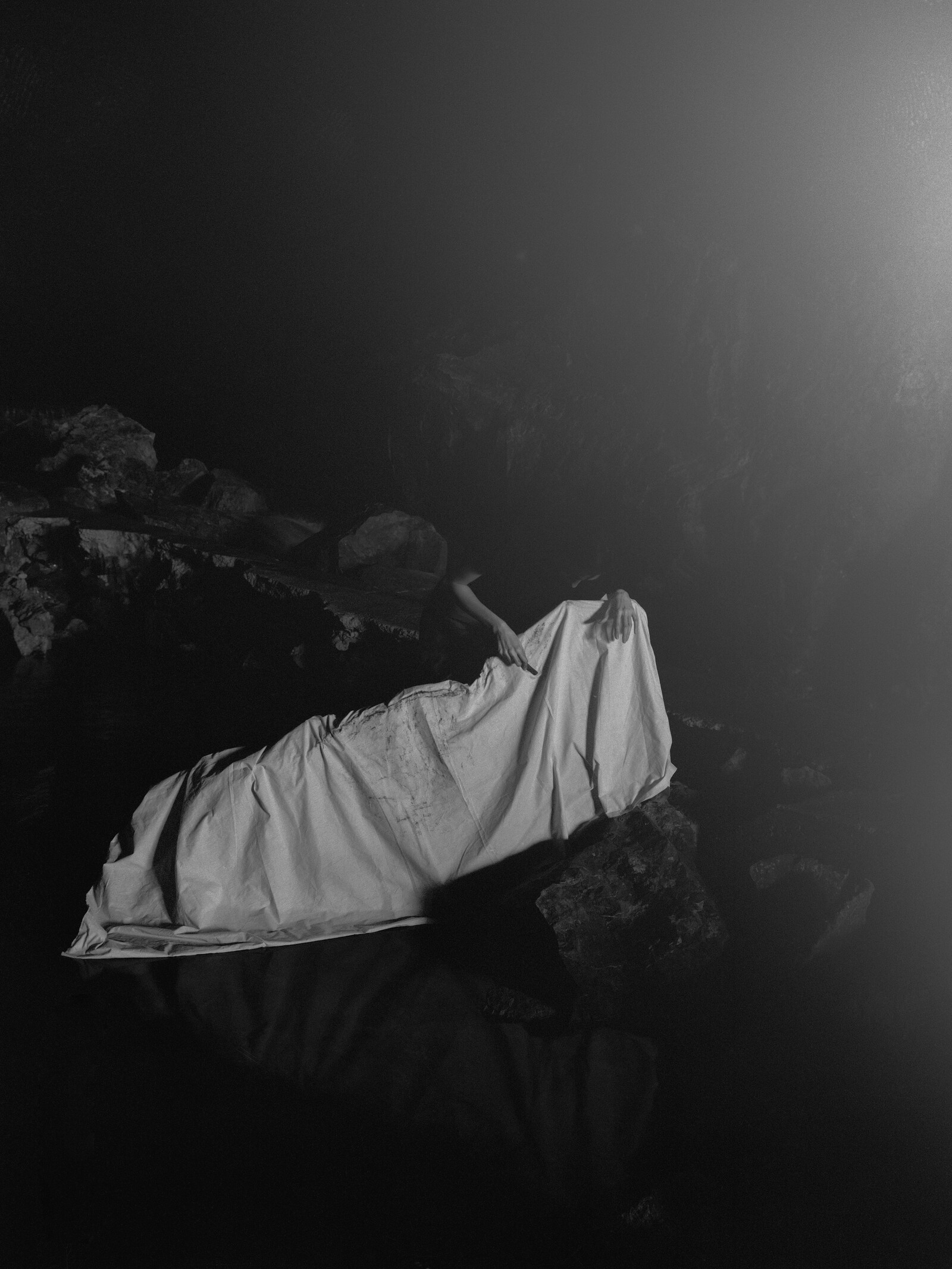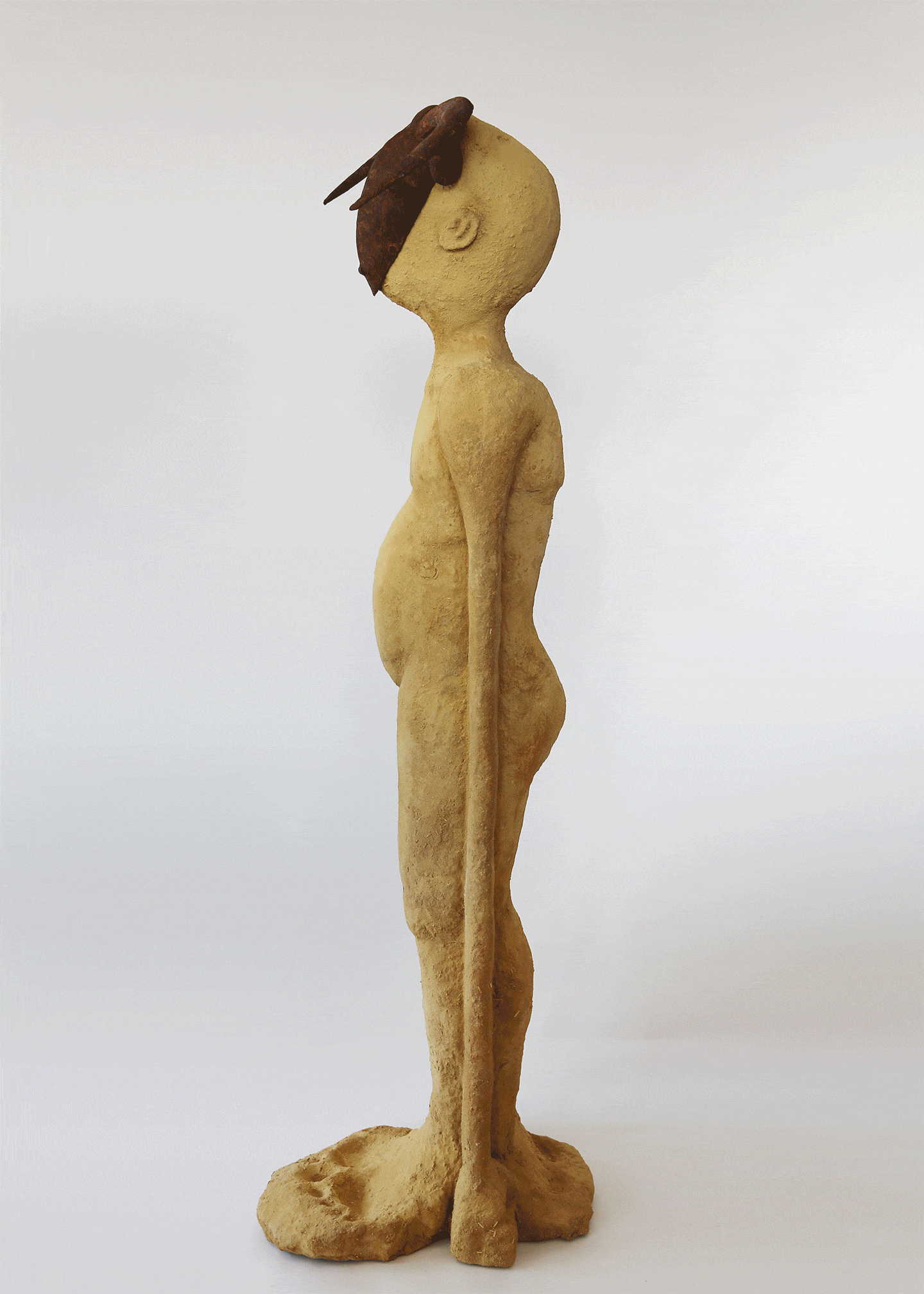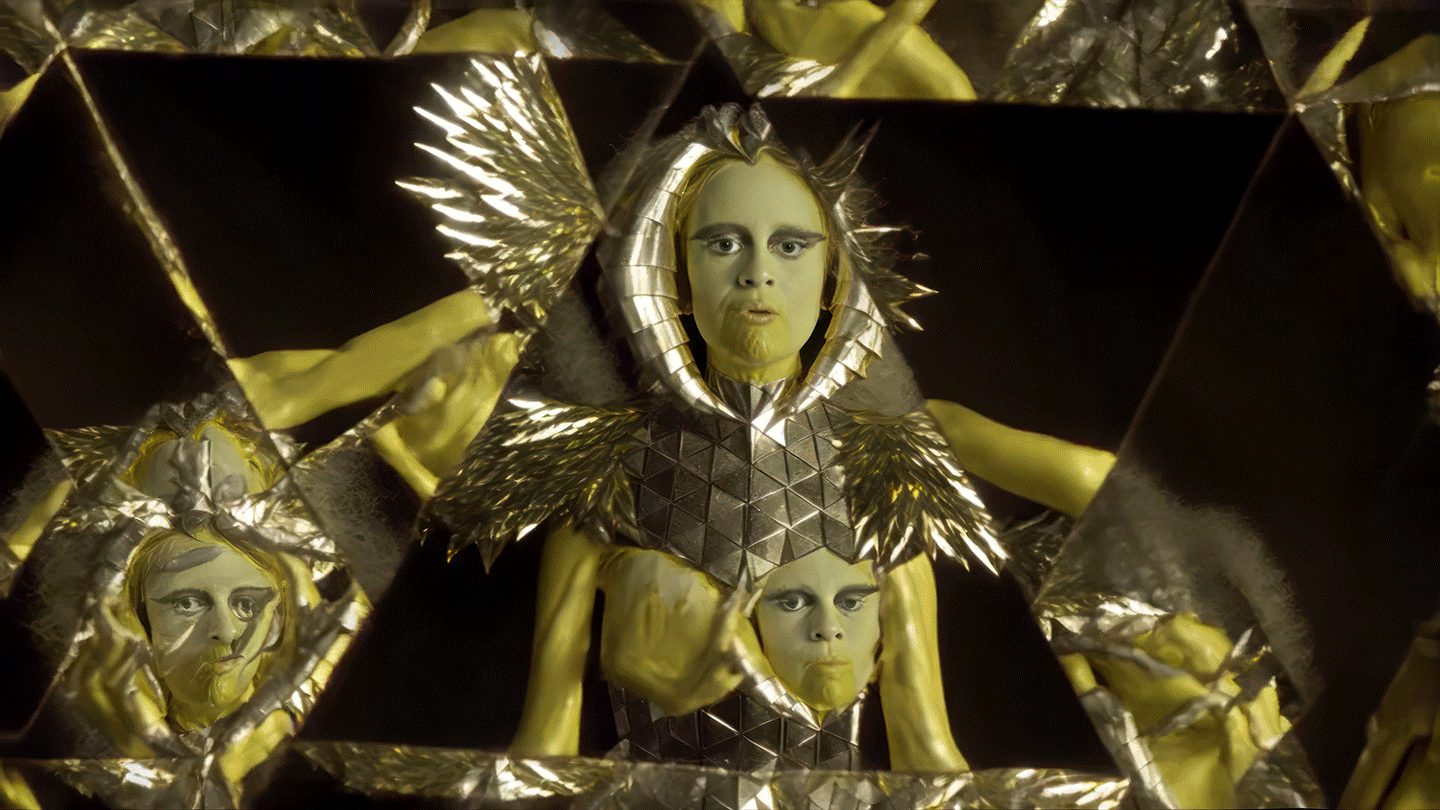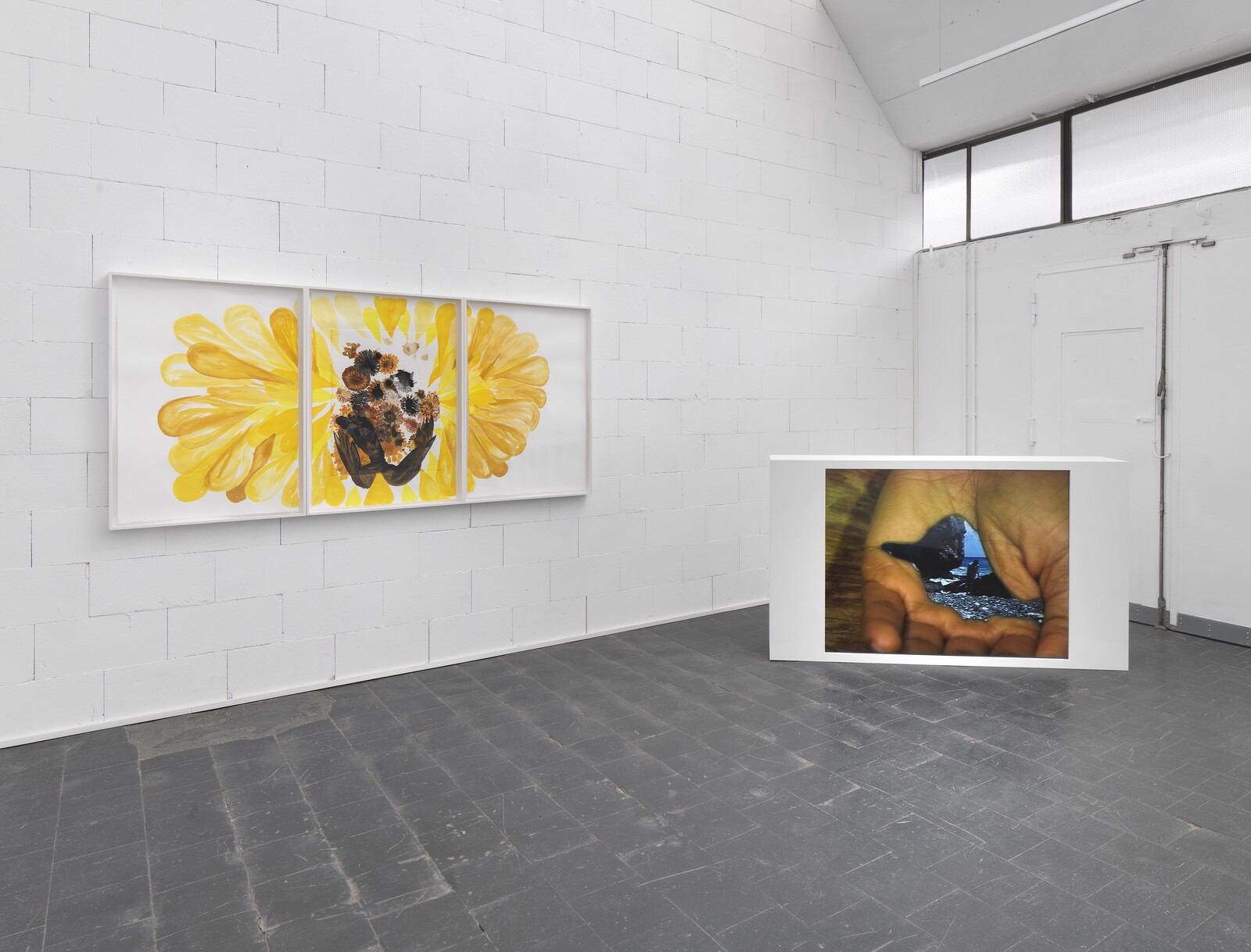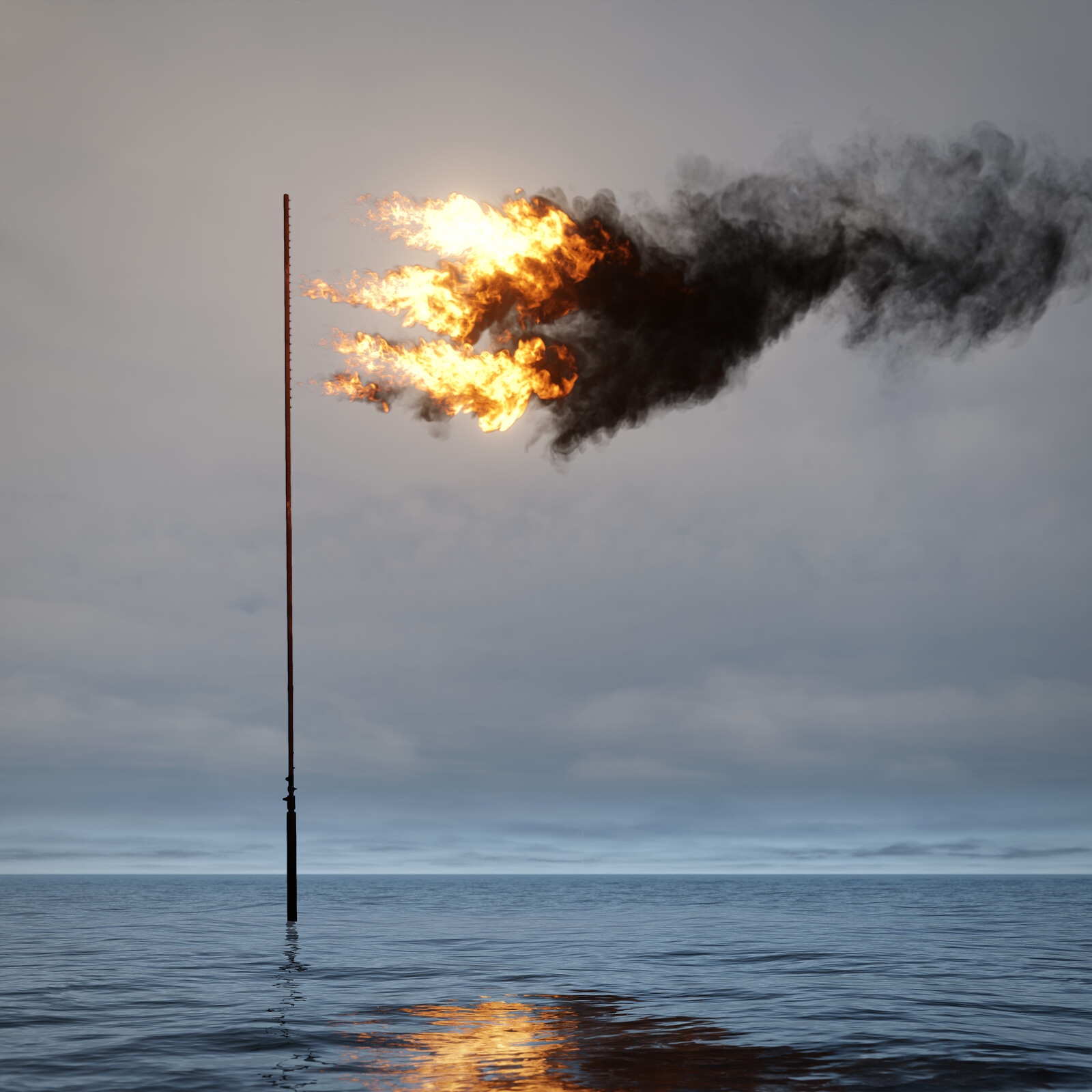Thomas Allen Harris: Screening and Conversation
An AI image generator was given the prompt “salmon swimming in a river.” It produced several puzzling images of similar composition, each of which shows what is unquestionably salmon in a stream of water. However, none of the results matched the familiar image of a legendary piscine hero swimming full-bodied against the current. Instead, they all depicted a fraction of a salmon, a fillet of salmon, its pink flesh ready to be seared or made into sashimi. In AI’s defense, the algorithm did not interpret the prompt incorrectly. All the right elements are there: this is not a pig in a volcano. Yet it all appears wrong to human eyes.
In 1969, the same year as Pasolini’s Medea, Lina Mangiacapre returned to Naples after she had participated in the large 1968 student movements in the north of Italy. She had graduated with a degree in philosophy but since the revolts had devoted herself to painting under the pseudonym Màlina. Back in her hometown, energized surely by the magnitude of student and worker uprisings that would inaugurate a decade of country-wide insurgency, she cofounded the feminist collective Le Nemesiache (named for the goddess Nemesis), which had a clear goal: they “intended to bring myth back into the world.”



